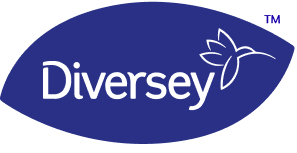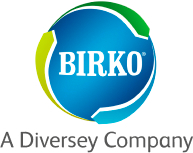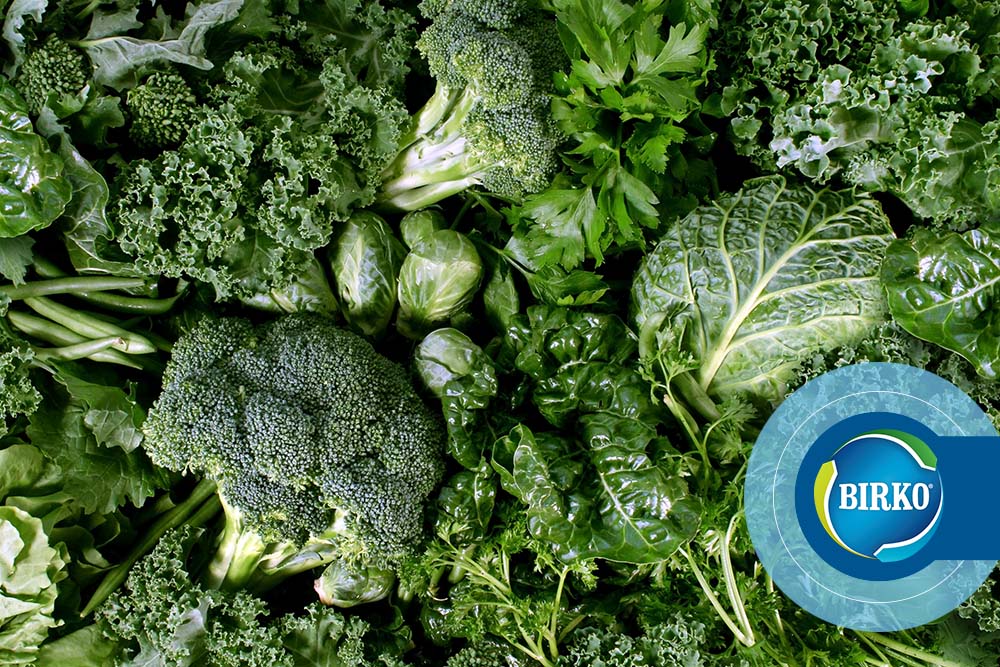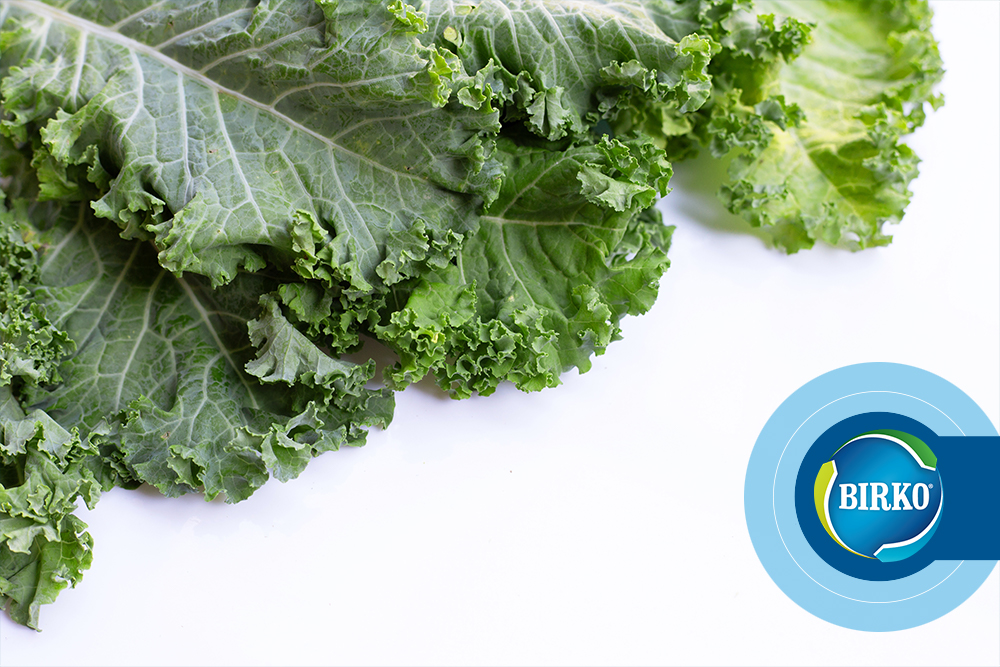Last week, I was a co-presenter on a webinar hosted by the Produce Marketing Association, “Sanitation – your best crisis management tool.” My portion of the discussion focused on how produce companies can verify sanitation as a preventive control under the Food Safety Modernization Act.
FSMA considers sanitation to be a preventive control, and requires that facilities not only verify the effectiveness of their sanitation processes, but also maintain records to show that these sanitation preventive controls are consistently implemented and effective.
Sanitation processes in food processing facilities are intended to removal soil from the processing equipment and the processing environment, remove microbial load on both spoilage organisms and pathogens, and if necessary, remove allergens. Select the verification actions to ensure that your aims are achieved.
Verification activities can be divided into two categories:
- In process verification: Measurements made while sanitation is taking place. These in process checks are real-time observations of how things are being done.
- Examples include: visual inspection and observation, conformance to SSOPs, correct dispensing and mixing of sanitation chemicals, titration of chemical concentration, adherence to process parameters, temperature, flow rate, hand scrub, contact time, etc.
- Post process verification: Measurements after the sanitation process is complete. These can be further divided in to activities leading to immediately actionable results and measurements that show the overall robustness of the sanitation program.
- Examples of immediately actionable results are visual inspection and observation – is it clean!, ATP swab testing program and an allergen swab testing program.
- These activities provide immediate feedback and allow suspect areas to be re-cleaned before production resumes.
- Other activities give overall measures of program, and include an environmental monitoring program, direct product microbiological testing and verification that the master sanitation schedule is being followed. These don’t provide immediate feedback but measure and report the overall robustness of the sanitation program.
In closing – If you didn’t document it, it never happened! My advice:
- Review the verification data and use it as a tool to drive process improvements.
- Share the data with the sanitation team – both the good and the bad.
- Use the data to incentivize your sanitation team. Remember sanitation is not just a third- shift activity – it should be a continuous component of your production processes.
Click here to listen to the full webinar.
 Elis Owens, Ph.D., Director, Technical Services, Birko, can be reached at [email protected] or (303) 289-1090.
Elis Owens, Ph.D., Director, Technical Services, Birko, can be reached at [email protected] or (303) 289-1090.








